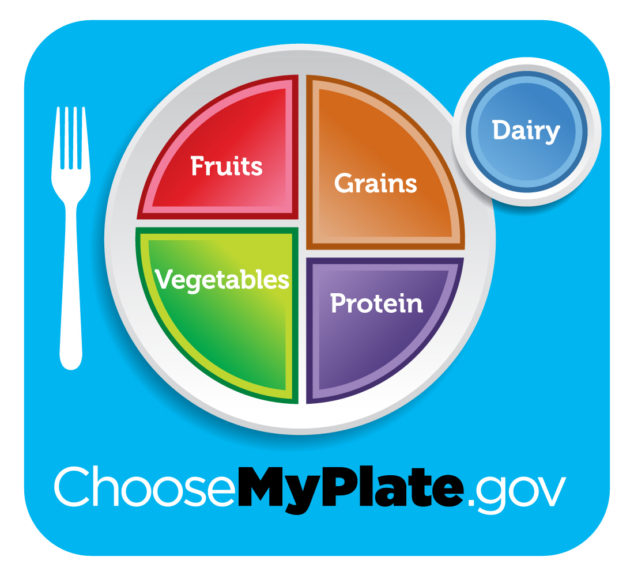By Alyce Watanabe, Dietetic Technician, Registered at CHOC
Preparing a healthy meal can be next to impossible if you don’t have the right ingredients in your kitchen. Going to the grocery can feel like a burden if you are not prepared. However, with a little preparation, shopping for healthy foods can be a breeze and save you money in the long run.
Prepare before you go
Do some prep work before you get to the store to keep from having to go back for forgotten items and to help you focus on finding nutritious foods.
- Clip money-saving coupons from weekly ads or use coupon apps on your smartphone.
- Create your menu for the week and grocery list before going to the store. Stick to your list.
- Shop the store perimeter first. That is generally where fresh foods, such as fruits and vegetables, meat and fish, and dairy, are located. Processed foods that often contain added salt, sugar and fat are usually found in the center aisles.
Minimize distractions to make healthy choices
- Try to avoid peak hours when stores are busy. Crowds and stress often cause people to make quick choices instead of taking the time to find the healthiest option.
- Avoid shopping when you are hungry. A growling stomach can make it tough to resist some of those tempting treats!
- Consider leaving young children at home if possible. A tired or hungry child may make it challenging to take the time to read labels. Often, less-healthy items with packaging that appeals to children are kept on shelves at their eye level, making it easy for them to grab and toss in your cart.
Take time to read labels
A quick glance can help you decide between similar items.
- Look for whole foods as much as possible. Choose whole fruit over juices to provide fiber and help you feel full for longer.
- Consider canned or frozen fruits and vegetables. They last longer than fresh items and because they are picked and canned or frozen at peak ripeness, they may contain more nutrients. Watch the sodium content of canned vegetables.
- Foods with fewer additives, in their more natural state, tend to be healthier. Many people look for foods with a maximum of five ingredients.
- Watch the portion size on the package. Sometimes foods are listed as two or more servings even when you would probably eat the entire package in one sitting.
Aim for variety and try something new!
- Make trying new foods fun for your family by selecting a new or unfamiliar fruit or vegetable each week. Search online to learn about the food and find recipes.
- Substitute something for your usual routine. Consider using sweet potatoes instead of white potatoes for a new flavor and for extra fiber and vitamin A.
- Familiarize yourself with the USDA MyPlate guidelines to make sure you are getting foods from all food groups. While you are planning meals and shopping, think about the foods that will be on your plate.

Some hints for a healthier table
- Balance Calories
- Enjoy your food but watch portion sizes.
- Foods to Increase
- Make half your plate fruits and vegetables.
- Choose 100 percent whole grains whenever possible.
- Children under age 2 should receive whole milk because they need the fat for brain growth and development. However, children over age 2 and adults can switch to fat-free or low-fat milk.
- Choose lean sources of protein such as lean meats, chicken, fish and beans.
- Foods to Reduce
- Compare labels for processed foods such as canned soups and frozen meals. Choose those with lower amounts of sodium (salt).
- Drink water instead of sugary drinks.
Get more expert health advice delivered to your inbox monthly by subscribing to the KidsHealth newsletter here.
Learn more about CHOC’s Clinical Nutrition Program
At CHOC, we specialize in providing a full continuum of pediatric nutrition services, including inpatient and outpatient services, depending on our patients’ needs.





